As it is November 11th today, Remembrance Day, I thought it would be appropriate to create a post about the trip I took to Europe this spring. Though this post is likely to be massive, it contains only a fraction of the pictures related to Flanders Fields, and an even smaller fraction of the 1600 or so pictures I took on the trip.
Most of these images will come from my visit to the "Flanders Fields Museum" in Ypres, Belgium. They really know how to create museum exhibits that are powerful and moving in Europe, and this was one of the best. It had a powerful impact on me.
Here in North America, and especially in the USA, World War I has mostly faded from our memories. Most people who saw me walking around with my poppy today had no idea what it was or what it represented. And though I am proud to be from Canada—where I feel much more emphasis is placed on honouring those who fought in the Great War and other wars—after visiting Europe, I found that we really don't know anything about WWI, and barely anything about WWII compared to those people.
I don't know where exactly I am going with this, but I think that it is important to remember the things that have happened in our recent past, and to honour those who fought and died. We must not take our liberty for granted, for it was not that long ago that our freedoms were at stake, and were only preserved by the blood of those brave men who went before.
With no further ado, I present Flanders Fields:
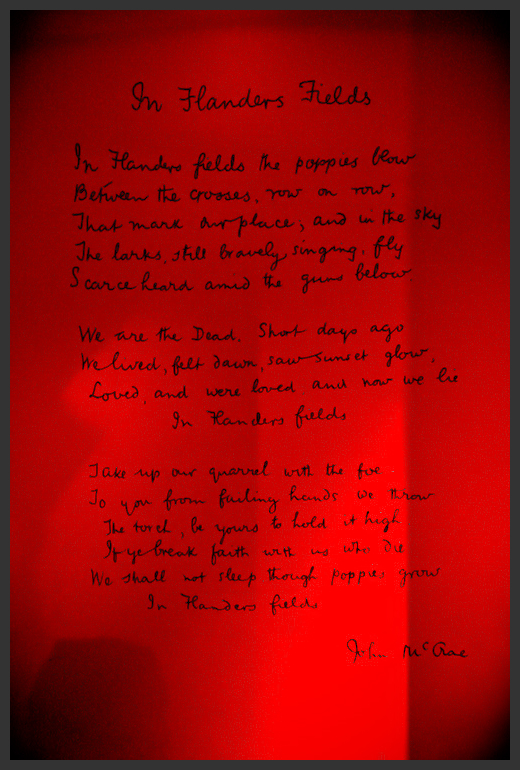
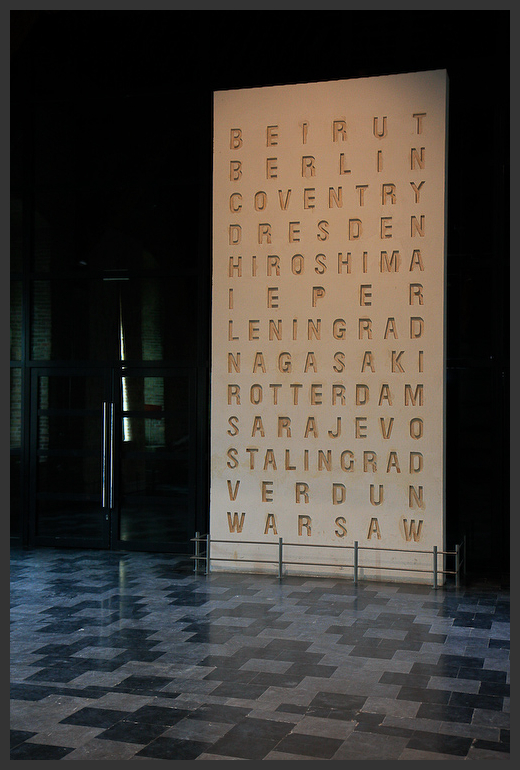
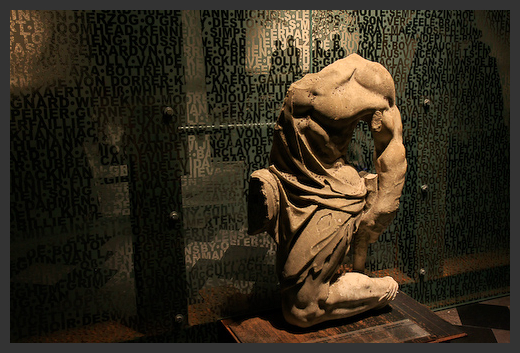
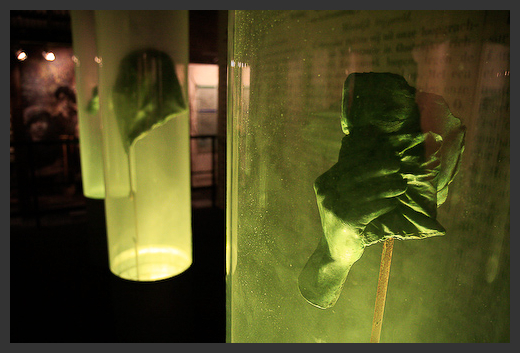
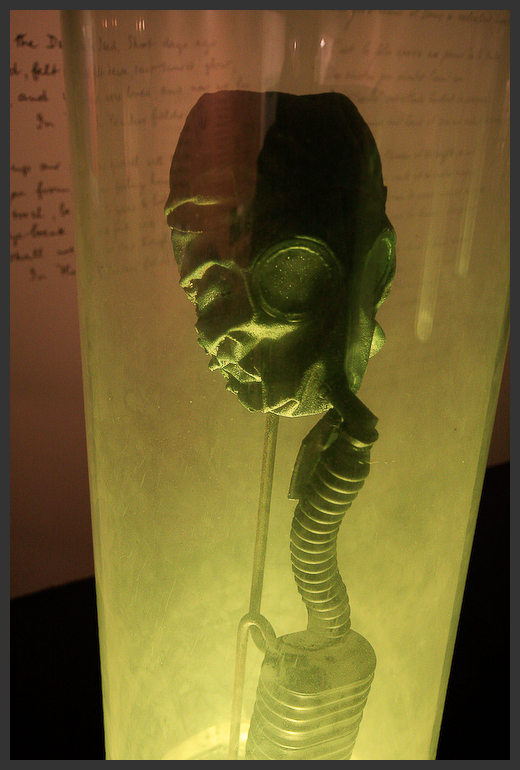
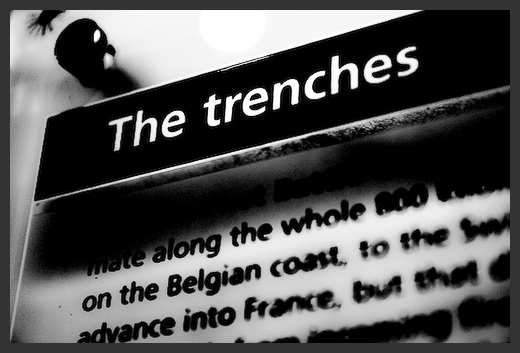
We usually only hear about the traditional trenches...
(edit: I always thought that trenches were straight, as is often portrayed in war films. Although this may be the case in some trenches—I am no expert—we were told that most WWI trenches were curvy like this. If an enemy got across no-mans-land and into straight trenches, he would have a straight flank shot down the trenches. By curving them, each area of the trench was effectively sheltered from the next as far as gunfire was concerned. Also, this trench is not in Belgium by Flanders Fields, but in France.)
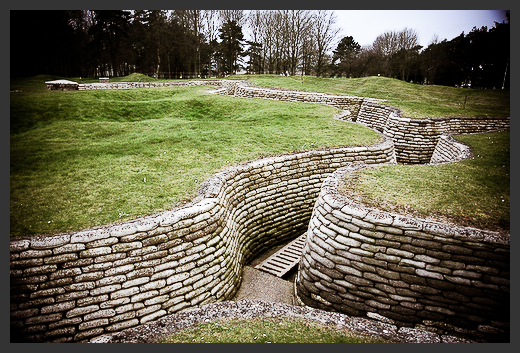
...and I was surprised to learn that many areas had kilometers of underground trenches that were used as shelters and fortifications. Many attempts were also made by both sides to tunnel underneath the enemies positions and detonate charges to destroy the opposing trenches. Some of the tunnels were shored up with wood, as depicted below, but many others were dug in areas with large amounts of chalk in the soil, allowing for very fast excavations and strong tunnels.
This was taken inside an actual tunnel that we toured in France.
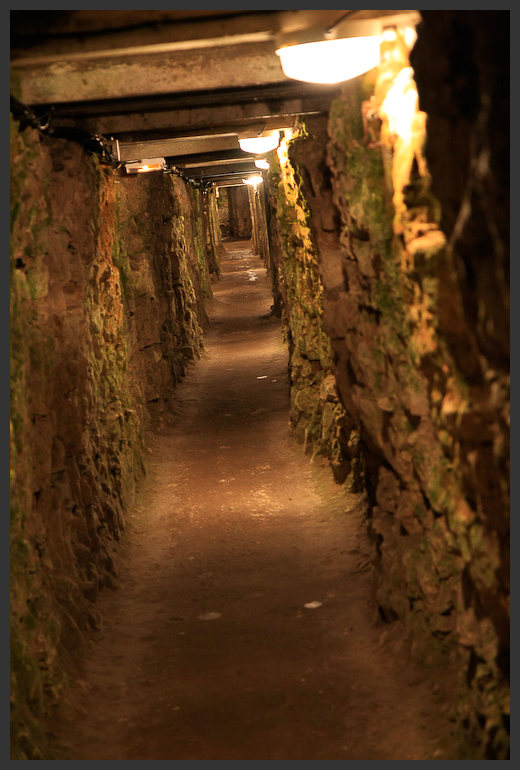
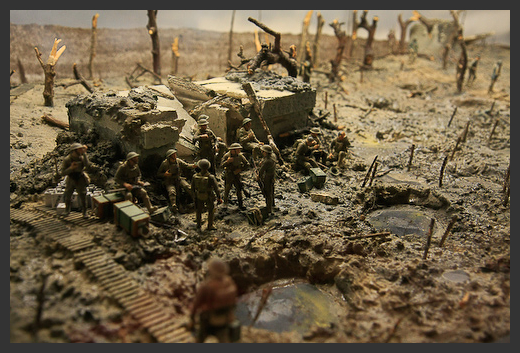
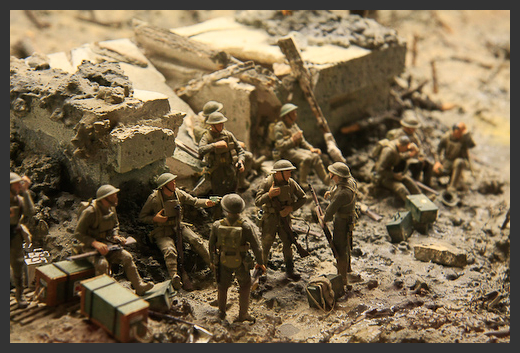
An odd mix of technologies was used in the war...
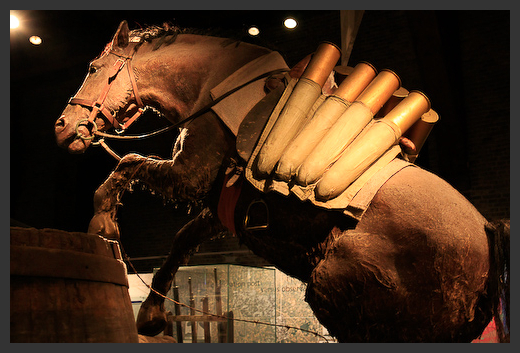
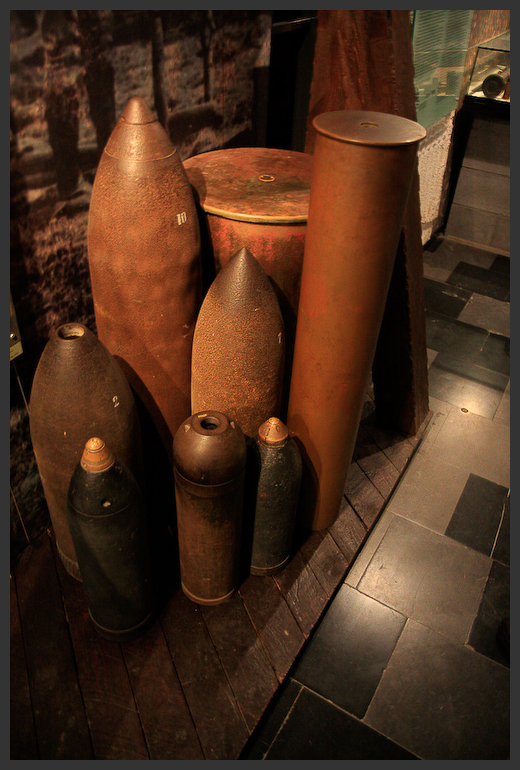
In the town of Ypres, where the museum is located, and where Flanders Fields are, a temporary truce was declared one Christmas, and the men on both sides of the line walked up to no-mans land and celebrated Christmas together. A few hours of peace must have served to highlight the futility of the conflict.


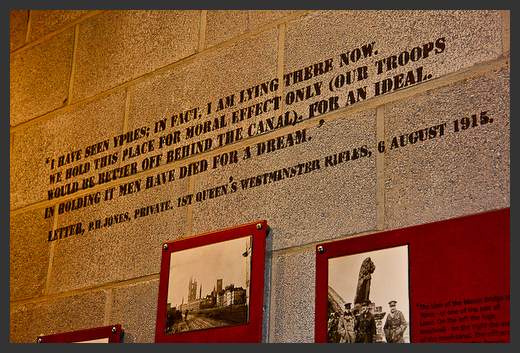
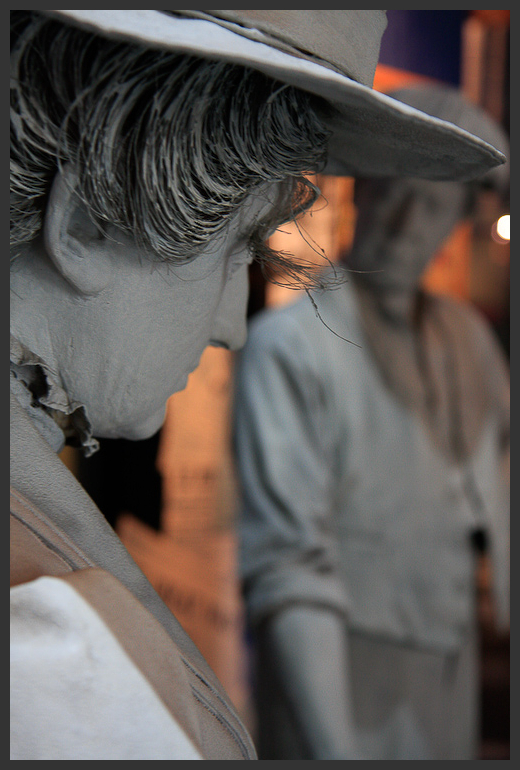
Finally, a few shots from Flanders Fields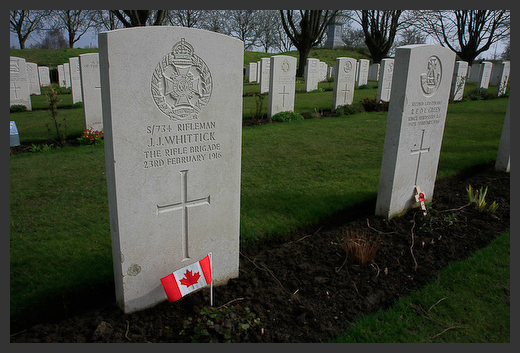
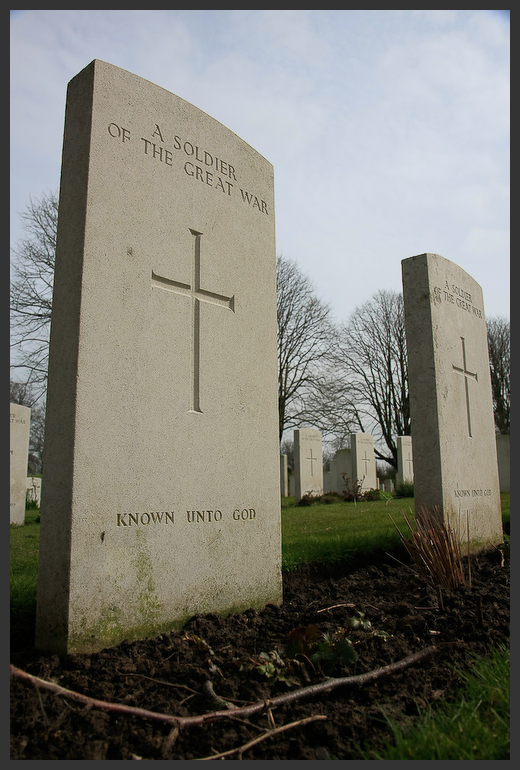
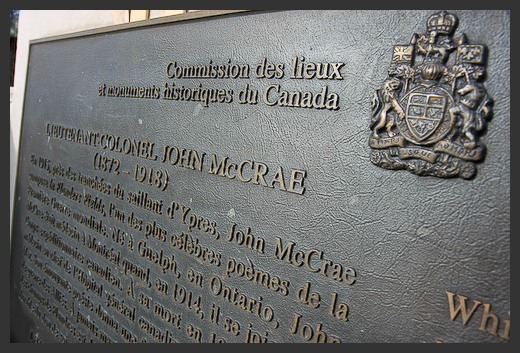
Well, that was officially the longest post ever, but I think it served its purpose. It was a very powerful experience for me to go and see many of the sites from both World Wars. I think I will go through my pictures and post many of them on here, as it will help me re-live the experience and clarify my thoughts.

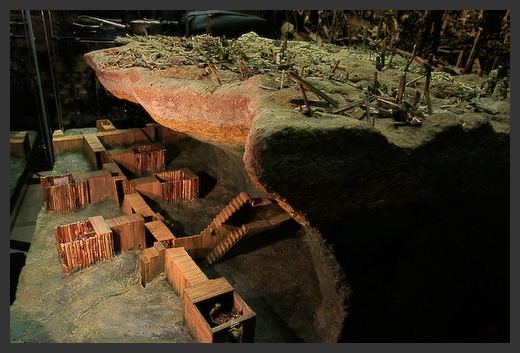
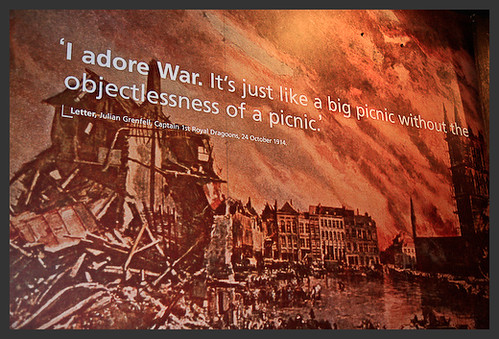
Wow, this is neat Eric! You were up late posting it, and I am up early reading it! Have a good day!
ReplyDeleteWOW! Some awesome pictures...I need to get some poppies for next year and educate my children on rememberance day....
ReplyDeleteHa, ya, I was up late posting it.. Just BARELY made it before the date changed and it was no longer the 11th... Thanks!
ReplyDeleteWonderful photos and beautiful thoughts and memories, Eric. xxxxxoxxxxxxxxx
ReplyDelete